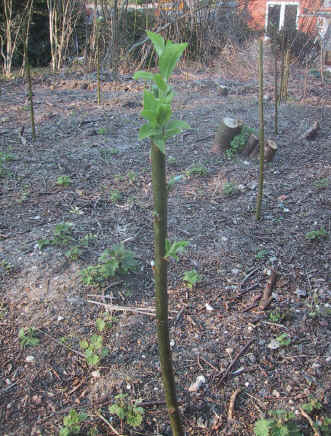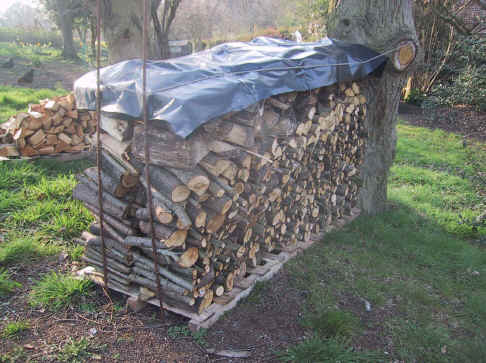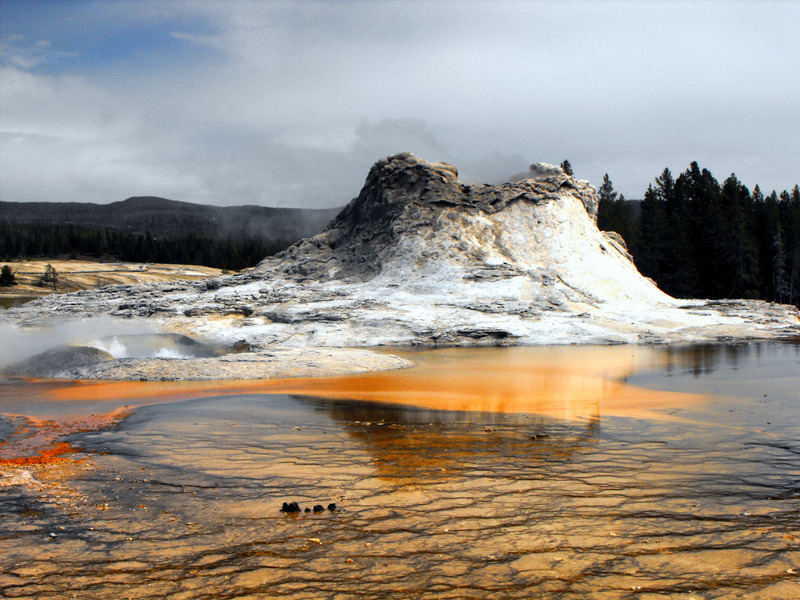Innovative Programs Offer Greater Accessibility To Clean Renewables
Novel models can overcome common solar qualification obstacles. There is hope for those with shade trees, divided roofs, poor roof pitch, orientation, or no roof at all.
Eighty five percent of Americans polled would rather have clean, renewable energy (Efrid, 2009). However, after nearly three decades of tax credits and rebates, only seven percent of the nation’s usage is clean, renewable energy; only one percent of the nation’s usage is solar (E.I.A., 2009).
Innovative solutions increasing accessibility to solar power have emerged. Among these and discussed this article are: Solar Shares, Solar Community Gardens, Forced Air Window Sill Solar Space Heaters, and Community Choice Aggregates.
Sacramento Municipal Utility District (SMUD) Solar Shares
Per the SMUD.org website SolarShares is a program that is the first of its kind begun by the Sacramento Municipal Utility District (SMUD), in Northern California. It is the largest in the nation serving between 800 and 1,000 customers that have purchased shares of its 1MW solar farm.
As the solar farm generates electricity, that amount of Kwh produced will pay out as a credit on the customer’s bill. The size of the credit will be deducted from a flat monthly upfront fee that is agreed upon during the signing of the agreement.
The program is best appreciated during Sacramento’s long hot summers. There are more customers than there are available shares, and so SMUD is expanding the program to accommodate demand.
Solar Community Gardens
Colorado State Representative Claire Levy (D-Boulder), has introduced HR 1342 that would create solar community gardens. Residents would buy into the off-site solar gardens like shareholders, and receive a portion of the energy produced.
Laura Snider (January, 18, 2010) of the Dailycamera interviewed Levy. “The intent of (the bill) is so people can have the benefit of what they would get if they had solar panels on their rooftops,” Levy said. “It’s for people who are renters, who live in condominium projects and don’t have rooftops, people whose lots are shaded, people whose houses aren’t the right orientation — a whole variety of things.”
Joy Hughes writes in a note posted on the Facebook page Solar Gardens “Solargardens.org has been organizing in counties around Colorado. Potential sites include a public library, a food co-op, a farm, a ranch, a church, an office building, and a land-based community energy group. Each of these community institutions could benefit financially from hosting solar panels.”
Forced Air Window Sill Solar Space Heater
Kevin Campbell tells Suite 101 that his first Window Sill Solar Space Heater was “just a cardboard box with tin foil, and some saran wrap with a computer fan.” That was many units ago. The Window Sill Solar Heater will fit comfortably into a window frame and heat a 600 square foot space he says. The panel collects heat from the sun. An automatic fan will turn on and off as is needed per the thermostat inside the panel.
Typically persons are discouraged from going solar with a lack of desired southern exposure. However, Kevin’s customers have told him they have been able to put the unit into an eastern facing window and migrate it to a western window in the afternoon, to track the winter sun. Customers buy the heaters for their cabins, houses, and businesses. Kevin thinks architects ought to make it a standard practice to design windows and homes to capture the heat of the sun.
During a sunny winter with little cloud cover, the unit has saved up to 30% on winter heating bills. As the standard heat he sells is roughly only $300.00, the cost is easily recovered within the year.
Community Choice Aggregates
Community Choice Aggregates (CCAs) are to energy reform what the public option is to health care. Cities form the equivalent of a buyer’s cooperative by purchasing bulk energy on the market to build local green-power facilities. That electricity is then re-sold to local residents and businesses using the distribution system built by the city’s current private electric service provider, PG&E.
Dan Walters (2010), reporter for the Sacramento Bee writes “Nearly a century later, PG&E is still resisting efforts to create publicly owned utilities.” The provider has recently collected enough signatures from paid gatherers to qualify as an initiative termed Proposition 16 : New Two-Thirds Vote Requirement for Local Public Electricity Providers. Initiative Constitutional Amendment. Walters writes this will cost PG&E at least 25 million dollars to persuade voters to adopt the constitutional amendment.


 It is surprising how often
It is surprising how often  For example, you may think that “keyword research” is a great keyword. If you dig deeper, you would find that “keyword tool” and “google keyword” are relevant keywords which are actually searched more often in Google. Depending on the context, these may be better keywords to optimize for.
For example, you may think that “keyword research” is a great keyword. If you dig deeper, you would find that “keyword tool” and “google keyword” are relevant keywords which are actually searched more often in Google. Depending on the context, these may be better keywords to optimize for.

 heat and cool our homes, to fertilize lands and feed animals, to store and cook food, to transport goods nationally and internationally.
heat and cool our homes, to fertilize lands and feed animals, to store and cook food, to transport goods nationally and internationally. that we need to develop all sources of energy. Indeed, renewable energy is expected to grow. The EIA projects the total American electricity generation from renewable energy may reach 16% by 2030. Wind power has made the largest strides among renewable energies recently, growing by 50% between 2007 and 2008 (yet still providing a minuscule percentage within the overall renewable energy category). Renewable energy has a long way to go.
that we need to develop all sources of energy. Indeed, renewable energy is expected to grow. The EIA projects the total American electricity generation from renewable energy may reach 16% by 2030. Wind power has made the largest strides among renewable energies recently, growing by 50% between 2007 and 2008 (yet still providing a minuscule percentage within the overall renewable energy category). Renewable energy has a long way to go.




